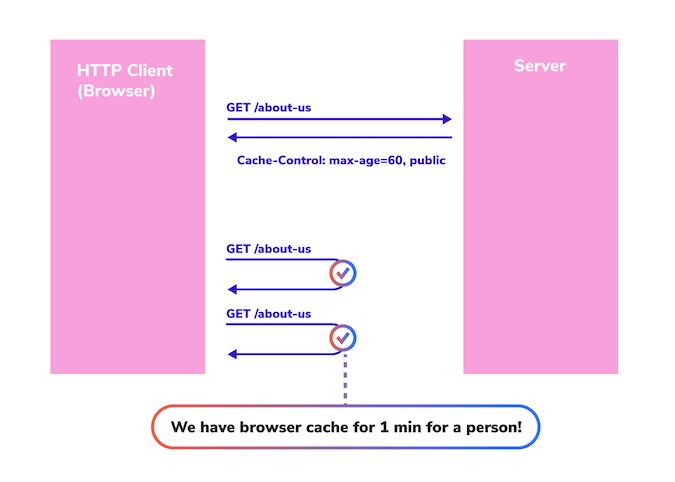After install Cache Expiration go to admin/config/system/expire and select External Expiration as we are wanting to connect to our external cache server. If you are going to use Acquia Purge or Varnish uncheck 'Include Base URL in Expires'.
Acquia Purge Light
- Acquia Purge (recommended) ¶ The Acquia Purge module is the easiest way to clear specific pages or groups of pages from Varnish cache. See Installing Acquia Purge for.
- Demo module to set a special 'Acquia Cloud' cache tag header using Purge module. geerlingguy/purgeacquiacloud.

Acquia Flush Varnish provides a Drupal admin side interface to manually purge 'Acquia Cloud' varnish cache. It also validates Acquia cloud credentials. We can flush varnish cache for each domain that we have. It uses the Acquia Cloud API functions for all the actions.

How is this Secure?

It uses custom CSRF token in Drupal 8 and Form API confirmation in Drupal 7 for clearing varnish cache. It also uses Drupal http request for all API calls. So it's not vulnerable to CSRF exploits and avoids security risk.
How did I get this idea?
This is one of the case encountered in Global Atlantic project. We got an issue where taxonomy term updates were not reflected for anonymous user pages because of varnish cache. So we decided to create a Drupal admin side panel to purge Acquia varnish cache instead of the client having to be dependent on us to clear the cache every time. After analysing Acquia cloud API functions this module was implemented. It's also very useful module for Drupal developers and non technical people as it saves developers time while implementation.
Steps to configure the module:

- Download and install a module as usual. See Drupal 7 and Drupal 8 for further information.
- Go to Administration » Configuration » Acquia cloud API Credentials (/admin/config/flush-varnish).
It shows a configuration form. In that form provide your Acquia API valid credentials.(Below I have enclosed how to get Acquia credentials)

Click 'Save API Values'. It validates and displays confirmation message for your setup.
Before we start, make sure that you have the PyMongo distribution installed. In the Python shell, the following should run without raising an exception: import protobuf3. This tutorial also assumes that you have installed protobuf compiler. The following command should. Protobuf python api. Protocol Buffers Python API Reference¶. The complete documentation for Protocol Buffers is available via the web at.
Acquia Purge Mask
Then go to Administration » Configuration » Acquia cloud API Credentials » Acquia varnish cache to clear a varnish cache.

Acquia Flush Varnish provides a Drupal admin side interface to manually purge 'Acquia Cloud' varnish cache. It also validates Acquia cloud credentials. We can flush varnish cache for each domain that we have. It uses the Acquia Cloud API functions for all the actions.
How is this Secure?
It uses custom CSRF token in Drupal 8 and Form API confirmation in Drupal 7 for clearing varnish cache. It also uses Drupal http request for all API calls. So it's not vulnerable to CSRF exploits and avoids security risk.
How did I get this idea?
This is one of the case encountered in Global Atlantic project. We got an issue where taxonomy term updates were not reflected for anonymous user pages because of varnish cache. So we decided to create a Drupal admin side panel to purge Acquia varnish cache instead of the client having to be dependent on us to clear the cache every time. After analysing Acquia cloud API functions this module was implemented. It's also very useful module for Drupal developers and non technical people as it saves developers time while implementation.
Steps to configure the module:
- Download and install a module as usual. See Drupal 7 and Drupal 8 for further information.
- Go to Administration » Configuration » Acquia cloud API Credentials (/admin/config/flush-varnish).
It shows a configuration form. In that form provide your Acquia API valid credentials.(Below I have enclosed how to get Acquia credentials)
Click 'Save API Values'. It validates and displays confirmation message for your setup.
Before we start, make sure that you have the PyMongo distribution installed. In the Python shell, the following should run without raising an exception: import protobuf3. This tutorial also assumes that you have installed protobuf compiler. The following command should. Protobuf python api. Protocol Buffers Python API Reference¶. The complete documentation for Protocol Buffers is available via the web at.
Acquia Purge Mask
Then go to Administration » Configuration » Acquia cloud API Credentials » Acquia varnish cache to clear a varnish cache.
How to get Acquia credentials?
Login at https://accounts.acquia.com/account this URL using your Acquia account credentials. After login go to credentials tab. In credentials tab we have Acquia cloud API credentials (Email and Private Key) below 'Cloud API'. Anime hand drawing.
What are the restrictions ?
It only works for Acquia hosted sites.

